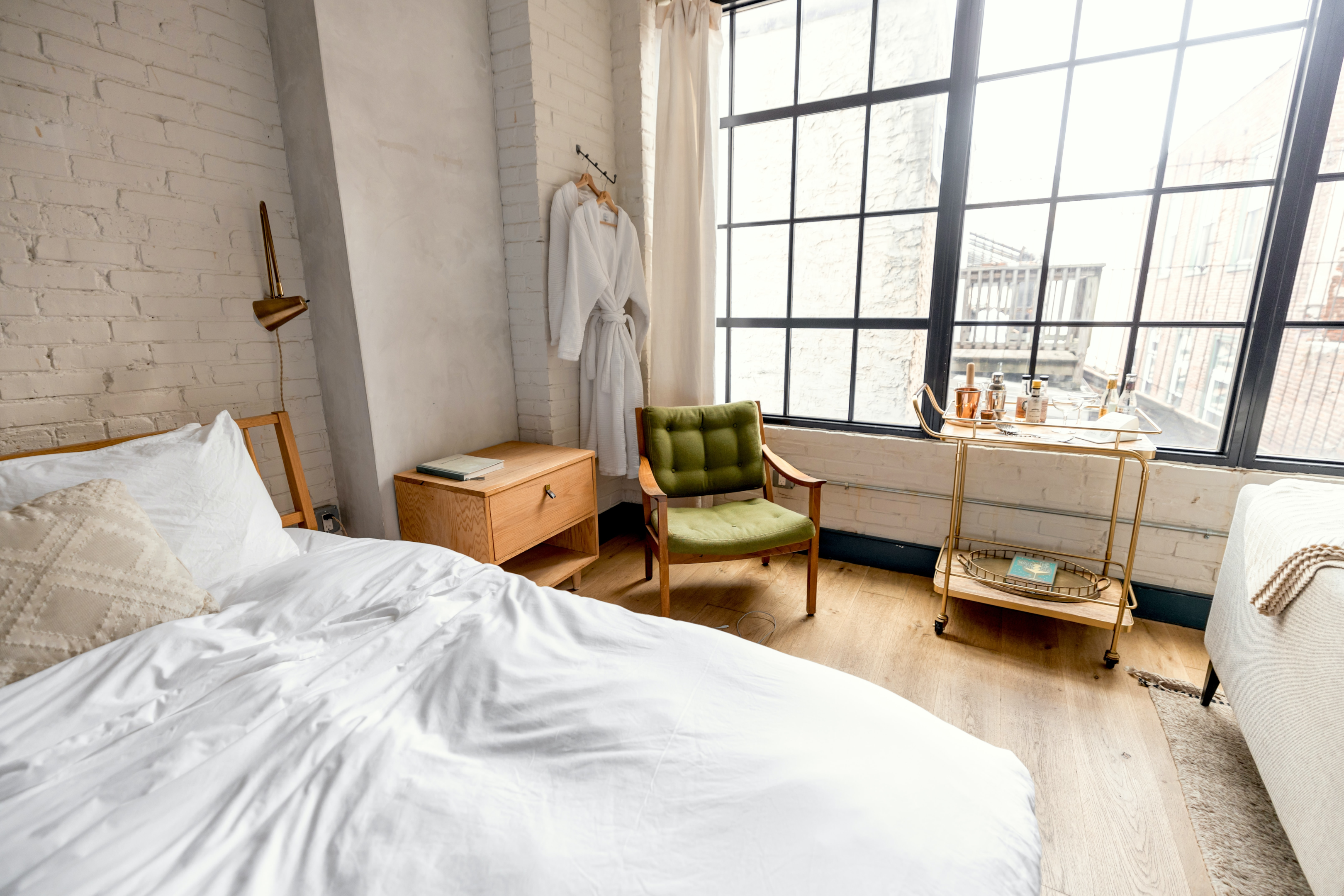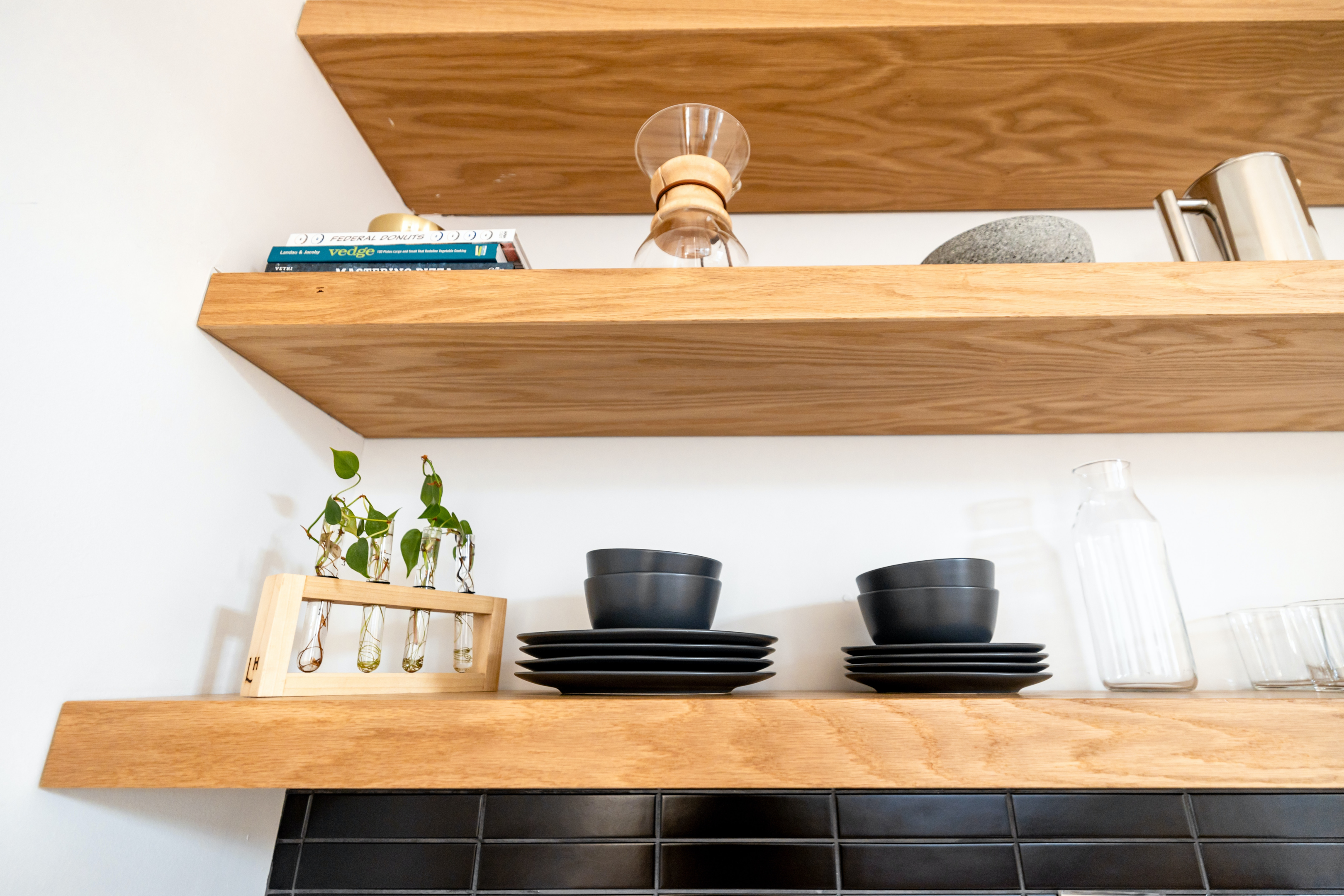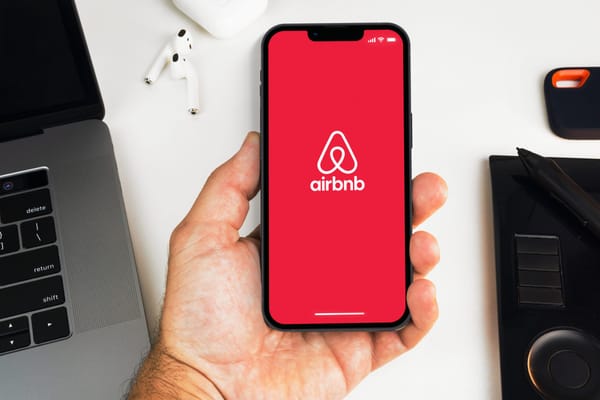Defining "Room Type"


In the context of residential, commercial, and hospitality architecture, a “room type” is a term used to denote the functional designation of a particular space within a building structure.
Within the short-term rental industry, which encompasses hotels, bed and breakfasts, vacation rentals, and similar accommodations, “room type” describes the specific category of accommodation being offered to guests. It can include information about the size of the room, the number and types of beds, other furnishings, and amenities. A clear definition of room type helps potential guests understand what to expect from their rental and aids in finding accommodation that suits their needs.
Common Room Types
- Single Room: This is a room for one person, usually furnished with a single bed.
- Double Room: This term can be used in two ways. It can refer to a room for two people with one double bed, or it can indicate a room with two single or twin beds.
- Twin Room: A room furnished with two separate single or twin beds for two individuals.
- Triple Room: A room designed to accommodate three people. It can have various configurations, such as one double and one single bed or three twin beds.
- Quad Room: A room intended to house four individuals. The room might include two double beds, one double and two single beds, or four single beds.
- King Room: A room furnished with a king-sized bed, offering more sleeping space compared to a double or queen bed.
- Queen Room: A room with a queen-sized bed, which is larger than a double bed but smaller than a king bed.
- Studio Room: Also known as a studio, it’s an open-concept room that typically combines a living space, sleeping area, and sometimes a small kitchen or kitchenette into a single room. The bathroom is separate.
- Suite Rooms: These are more spacious accommodations often composed of multiple rooms, such as a separate living space and one or more bedrooms.
- Deluxe Room: Typically a higher-end room that offers more space and luxury amenities compared to standard rooms. The term ‘deluxe’ doesn’t refer to a specific room layout, but instead indicates a level of quality and comfort above the norm.
- Penthouse Room: Generally the most luxurious room type offered by a hotel, often located on the highest floor. Penthouses typically offer expansive spaces, high-end furnishings, and an array of premium amenities.
- Accessible Room: These rooms are specifically designed for guests with disabilities. They include features such as wider doorways, grab bars in the bathroom, lowered switches and controls, and more to comply with accessibility laws and regulations.
- Guest Room: This is a general term for any room where a guest stays. It can be any of the room types listed above, depending on the hotel’s or property’s classification system.

Unique Room Features
In addition to the room types, there are certain room features that might be mentioned in the description of short-term rental accommodations:
- Adjoining Rooms: These are rooms located next to each other, typically in a hotel, with a common interior door that allows movement between them without going out into the hallway.
- Connecting Rooms: Similar to adjoining rooms, these rooms have a private, direct access door between them. However, the term is often used to describe rooms with a small foyer or vestibule that separates them, providing an extra level of privacy.
- Adjacent Rooms: These are rooms located next to each other but without a connecting door.
In the short-term rental industry, understanding the definition and characteristics of each room type is crucial to matching guest needs and expectations with the right accommodation.
Explore iGMS, your one-stop solution for vacation rental management. With easy-to-use tools for guest communication, booking coordination, and team management, it simplifies your workload. It’s time-saving, efficient, and designed for everyone, from independent hosts to large companies. Upgrade your rental business and enhance guest satisfaction with iGMS.







